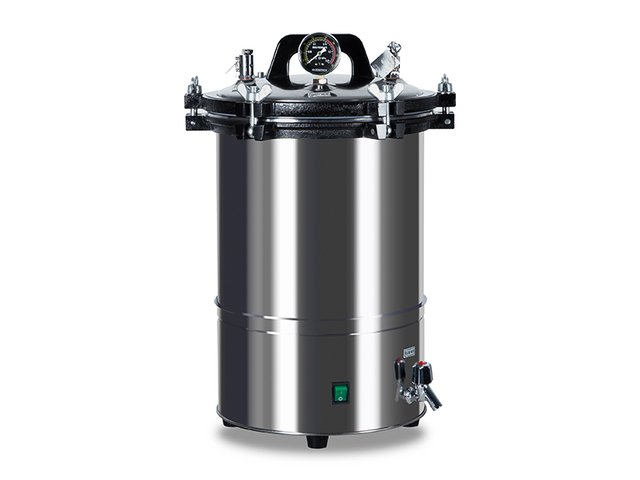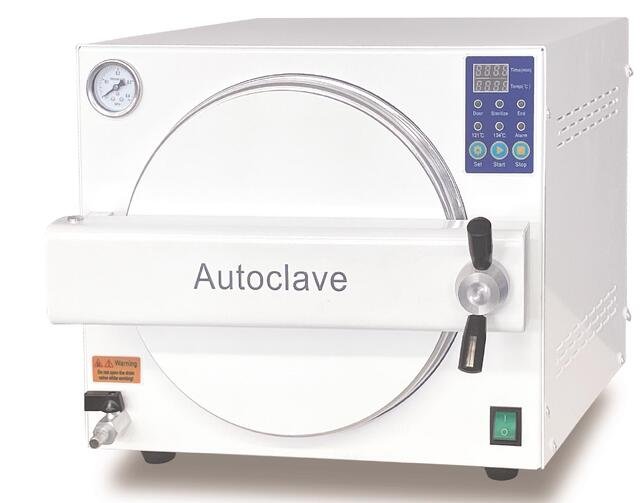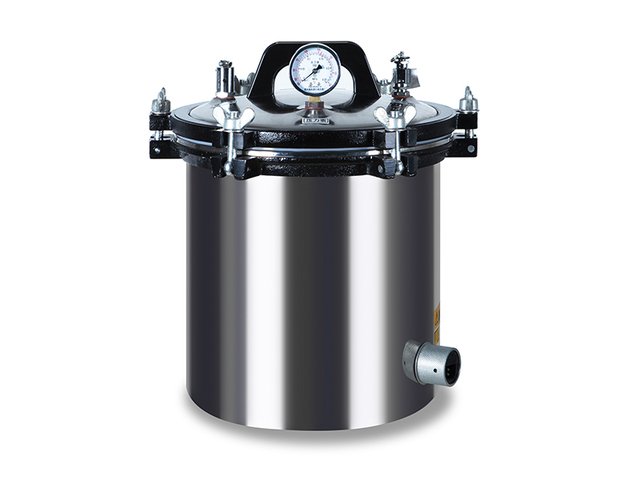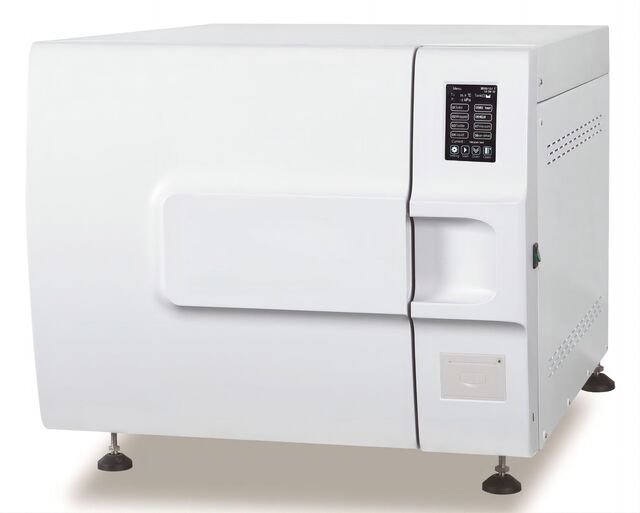Small Autoclave Sterilizers: Compact Solutions for Versatile Needs

Multiple industries require sterilization processes for their equipment and products which include healthcare facilities, research labs and beauty institutions such as tattoo parlors. Many facilities lack sufficient space or capacity to use large industrial sterilizers. Compact autoclaves provide high-powered sterilization solutions within a small footprint.
How Autoclaves Are Revolutionizing Sterilization in Medical Fields autoclave sterilizer

Patient safety and treatment success in modern medicine depend on strict maintenance of sterile environments. Medical sterilizers have become essential to healthcare because they destroy dangerous microorganisms on surgical tools as well as medical devices and lab instruments. When comparing different sterilization technologies the autoclave emerges as a revolutionary device because of its dependable performance and effective operation.
Benefits and Uses of Autoclave Sterilizers in Laboratories lab autoclave

In laboratories precision and reliability demand the use of autoclaves as essential equipment. Autoclaves distinguish themselves among sterilization methods because they use high-pressure steam to achieve full sterilization. A **lab autoclave** delivers necessary efficiency and effectiveness to keep safety and precision standards high when you run experiments or prepare lab instruments.
Introduction to Small Autoclave Sterilizers: Why Size Matters in Sterilization

Healthcare facilities and laboratory environments today operate at high speeds which makes sterilization a mandatory process. Medical instruments and lab equipment achieve effective sterilization results through the use of **autoclaves**. Working in a space with limited area requires a **small autoclave sterilizer** as a transformative solution. Small medical offices along with clinics and laboratories require these efficient and compact sterilization machines. This article presents a detailed examination of small autoclaves including their definition and function as well as their role in maintaining safety and cleanliness of equipment in limited spaces.
Zobu autoklāvu pārdošana: Uz ko vērst uzmanību, iegādājoties labāko autoklāvu savai klīnikai: ko meklēt, iegādājoties labāko autoklāvu savai klīnikai?

Among the equipment you buy for your dental clinic nothing ranks higher than a dependable dental autoclave. A dependable autoclave becomes necessary for the sterilization of dental tools while protecting patients and employees. The abundance of dental autoclave choices in the market makes selecting the perfect one an overwhelming process. Our article examines important buying factors for **dental autoclaves for sale**, discusses how to select the best product for your practice needs, and explains why quality investment is crucial.
Kāpēc katrai zobārstniecības klīnikai ir nepieciešams uzticams zobārstniecības autoklāvs

Pacientu aizsardzība ir visu zobārstniecības klīniku galvenā problēma. Drošības un higiēnas nodrošināšanai zobārstniecības praksēs ir nepieciešama rūpīga instrumentu sterilizācija starp katru pacienta lietošanas reizi. Zobārstniecības instrumentu pareiza sterilizācija ir ļoti atkarīga no **zobārstniecības autoklāvu** izmantošanas. Šajā rakstā aplūkots, kāpēc uzticams **autoklāvs zobārstniecībā** ir būtisks sterilizācijai un kā tas atbalsta zobārstniecības klīniku darbību.
Kas ir zobu autoklāvs un kāpēc tas ir ļoti svarīgs zobārstniecības klīnikā?

The dental autoclave stands as the essential equipment in every dental clinic. The autoclave maintains infection control standards in dental clinics by sterilizing tools and stopping the spread of dangerous pathogens. Dental professionals cannot guarantee patient safety without autoclaves because these machines are essential to uphold high hygiene standards. Our discussion in this article covers the definition of dental autoclaves, their operational mechanisms, and their importance in dental clinic safety.
The Importance of Autoclave Pressure in Sterilization

Medical instruments and laboratory equipment across different industries get sterilized through autoclaving because it remains one of the most effective and commonly used methods. The sterilization method uses **high-pressure steam** to destroy dangerous microorganisms including bacteria, viruses and spores. The autoclaving process requires **autoclave pressure** as one of its essential components. This article will explain why autoclave pressure matters while showing how it operates to facilitate successful sterilization.
Autoclave Sterilization Time and Timing: How to Optimize the Process

Industries including healthcare facilities, laboratories and food production use autoclaves to sterilize equipment, tools and materials. The sterilization process eradicates dangerous microorganisms including bacteria, viruses, and fungi which makes items safe for usage. Successful sterilization requires knowledge about both the **sterilization time** and **timing** along with an understanding of the influencing factors. Learn about the crucial aspects of **autoclave sterilization time**, **autoclave timing**, and the required duration for sterilizing unwrapped items in an autoclave through this article.
Understanding Autoclave Temperature, Pressure, and Timing for Effective Sterilization

The most efficient and commonly used method for sterilizing equipment and materials across different industries like healthcare and laboratories as well as food processing remains autoclaving. High-pressure steam within autoclaves kills microorganisms to make tools and materials safe from bacteria, viruses and fungi. The autoclave’s effectiveness depends on exact regulation of **temperature**, **pressure**, and **timing**. Proper knowledge of these factors leads to the best sterilization outcomes.
